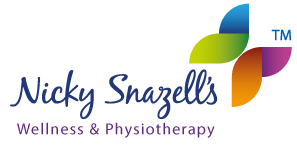Wellness
It’s best to explain this with the help of an analogy. When you buy a brand new car, it comes with a warranty. There’s a  reason for this. The manufacturer is basically guaranteeing, that provided you look after your car as specified, you are going to be very unlucky if anything goes wrong under the warranty period. Once past this honeymoon period, you know that you must carry out regular preventative maintenance at set intervals, in order to continue with many more miles of trouble-free motoring.
reason for this. The manufacturer is basically guaranteeing, that provided you look after your car as specified, you are going to be very unlucky if anything goes wrong under the warranty period. Once past this honeymoon period, you know that you must carry out regular preventative maintenance at set intervals, in order to continue with many more miles of trouble-free motoring.
Eventually, you will get to that time when things start to wear out and go wrong. Some parts will corrode, weaken and eventually fail. How fast your car gets to the junkyard depends very much on how well you looked after it and the difference can be many years.
Just as with a car, how many problems you will have and how long your body will last depends very much on how well it is maintained and that’s where we can help you.
Nicky has devoted her life to finding better knowledge on how to help people get better results from their treatment and to live a longer, healthier life. In her books she developed the concept of a Human Garage and also the importance of overall health, or Wellness, which she defined in her 4 Keys model.
She has built a powerful team of highly experienced therapists and together they offer you the expertise of looking not only at the problems caused by a recent injury or of a longer term chronic condition, but also look at your health keys to get even better long-term results.
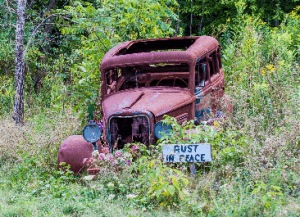 Wellness encompasses all of you, your fuel (diet & nutrition), your servicing ( exercise & fitness), how hard you press your right foot (stress) and your environment (lifestyle). The intent of Wellness is to achieve better long-term health.
Wellness encompasses all of you, your fuel (diet & nutrition), your servicing ( exercise & fitness), how hard you press your right foot (stress) and your environment (lifestyle). The intent of Wellness is to achieve better long-term health.
If you feel you have Wellness factors that are impacting your ability to heal or want to find out more about living a longer healthier life, then we can help.
Wellness
Musculoskeletal (MSK) pain is any pain caused from the bones, joints, tendons, ligaments or muscles. This may include things such as a sprained knee/ankle, arthritis in a joint, tennis/golfers elbow, pulled muscles and many other conditions.
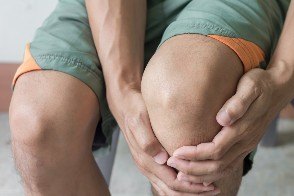 When you come into our clinic you can be assessed by a Physiotherapist or a Sports Therapist. Depending on the area of the pain, the assessment can look at your posture, range of movement, strength and special tests that can assess stability, proprioception and joint integrity. These findings will help your therapist to develop a working hypothesis, which they will use in consultation with yourself to direct them to the most appropriate treatment for your condition.
When you come into our clinic you can be assessed by a Physiotherapist or a Sports Therapist. Depending on the area of the pain, the assessment can look at your posture, range of movement, strength and special tests that can assess stability, proprioception and joint integrity. These findings will help your therapist to develop a working hypothesis, which they will use in consultation with yourself to direct them to the most appropriate treatment for your condition.
There are many treatments on offer at the clinic for those with MSK problems. Some of the treatments offered in-house include:
Soft tissue work/massage- Massage can be used to increase the mobility in stiff arthritic joints or break down scar tissue after muscle strains or operations. It is commonly used to reduce muscle tone, tightness or spasms and decrease the stress placed on bones/joints whilst promoting relaxation.
Acupuncture- This traditional Chinese technique is used in clinic to treat lots of conditions such as headaches/migraines, 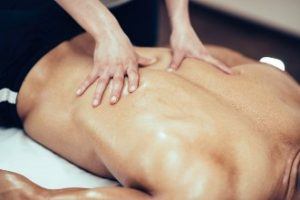 neck, back, shoulder and other joint pains. Acupuncture will be discussed in more detail in another newsletter.
neck, back, shoulder and other joint pains. Acupuncture will be discussed in more detail in another newsletter.
Electrotherapy - We are lucky here to have access to a wide variety of electrotherapy modalities including Robotic Spinal Manipulation, Shockwave, Ultrasound, Deep Oscillation, Shortwave, and Laser.
Joint mobilisations/manipulations can be used to increase a range of movement in joints and decrease pain.
Individual exercise programmes- We are able to tailor personalised exercise programmes for your injury /condition that may include strengthening, stretching and mobilising work.
There are also Functional Rehab classes on offer with our Sports Therapist Anton.
Next month we will look at Wellness
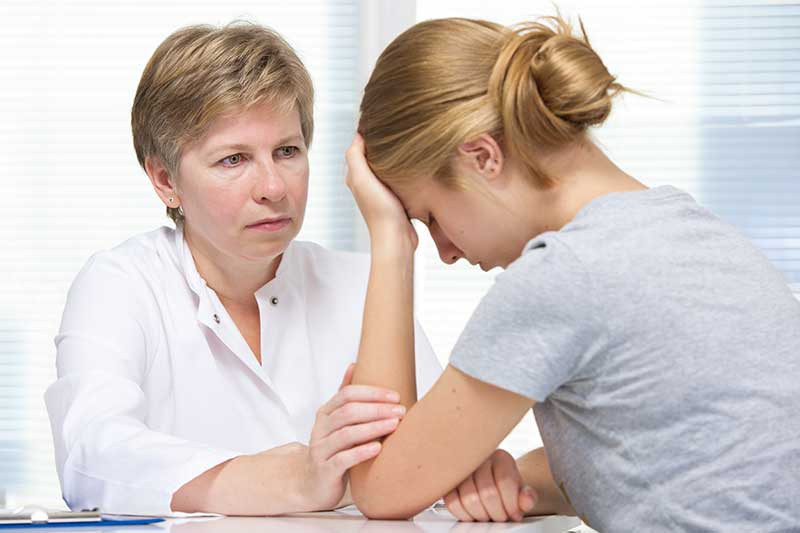
What type of practitioner is best suited to help your problem?
For sudden onset soft tissue trauma, arthritic joints and sports injuries
- For serious unresolved chronic spine and joint pain
- For chronic unresolved MSK conditions such as Rheumatoid, Osteoarthritis, Osteoporosis or Disc Degeneration
- For specific sports rehab advice
- For recent onset nerve pain, i.e. carpal tunnel/sciatica
- For a wholistic approach embracing 4 Keys To Health
- For a neurological problems such as Parkinson’s, Motor Neuron, Multiple Sclerosis, Stroke, Head and Spinal Injury
Musculoskeletal Physiotherapy and Sports Therapy
Musculoskeletal (MSK) pain is any pain caused by the bones, joints, tendons, ligaments, muscles or nerves. This may include things such as a sprained knee/ankle, arthritis in a joint, tennis/golfers elbow, pulled muscles and many other conditions. Some physiotherapists specialise in MSK, whereas others might specialise in respiratory medicine, pediatrics, neurology or other areas.
At Nicky Snazell’s we have MSK Physiotherapists and Sports Therapists, the latter only being MSK. In simple terms, the skills of these therapists overlap quite a lot, but whereas Physiotherapist training covers a broad range of medical training, a Sports Therapist focuses instead on injury rehab.
Treatment of Neurological Problems
When you come into our clinic you can be assessed by a Sports Therapist or a Physiotherapist. Depending on the area of the pain, the assessment can look at your posture, range of movement, and strength with special tests assess stability, proprioception [balance] and joint integrity. These findings will help your therapist to develop a working hypothesis, which your therapist will use in consultation with you to direct the most appropriate treatment for your condition.
Treatments offered in-house include soft tissue work, massage, acupuncture and joint mobilisations/manipulations, plus classes for both functional rehab and yoga pilates, supported by a wide range of technology, including robotic spinal manipulation, shockwave, ultrasound, deep oscillation, shortwave, laser and magnetic resonance treatment.
Chronic Pain
While MSK physiotherapy does a fantastic job of treating acute injury and inflammation, it falls short in dealing with long-term (or chronic) pain. This type of pain is often puzzling and can lay hidden within a diagnosis of tennis elbow, back pain, repetitive strain, frozen shoulder, whiplash, and fibromyalgia. The root cause of these types of problems is a condition called neuropathy. You cannot kill this pain by cutting it out with surgery and it cannot be hidden by drugs. The only way to deal with this type of problem is to desensitise it, by relieving the irritation at its source. Invariably this is at a nerve root in the spine.
If nerves are supersensitive, desensitising treatment is required. Perhaps an analogy helps. If an intruder alarm goes off when it shouldn’t, it’s probably over-sensitive and needs adjusting.
Sensitive nerves cause muscle contractures, which deep in the spine cause disc compression and can lead to conditions like sciatica, and shortened tendons such as Achilles tendonitis or tennis elbow. It can also reduce both nutrient and blood flow to joints, aggravating osteoarthritis.
Treatment requires a GP or physiotherapist who is qualified in GunnIMS with a wholistic approach.
Wellness and Physiotherapy
It’s best to explain this with the help of an analogy. When you buy a brand new car, it comes with a warranty. There’s a reason for this. The manufacturer is basically guaranteeing, that provided you look after your car as specified, you are going to be very unlucky if anything goes wrong under the warranty period. Once past this honeymoon period, you know that you must carry out regular preventative maintenance at set intervals, to continue with many more miles of trouble-free motoring.
Eventually, you will get to that time, no matter what maintenance you do, things will start to wear out and go wrong. Some parts will corrode, weaken and eventually fail. How fast your car gets to the junkyard depends very much on how well you looked after it.
You may have a problem with the headlights, the bulbs keep blowing. No matter how many times you replace them, they keep blowing. Eventually, you get it properly checked and the cause of the problem was a corroded wire in the fuse box. The headlights were just the symptom and you could have kept changing them forever if you didn’t fix the cause.
Cartilage can it repair?
Read Nicky’s latest publication on cartilage and will it repair. Find out in this article.
 Loading...
Loading...
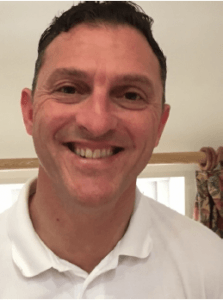
Sports Therapist
Anton has worked in the service industry all his life and from a very young age has had a keen interest in sport. He started boxing at age 11 and for several years boxed at local club and county level. Later he spent 10 years learning Jujutsu and this came to an end when he tore the ACL, a ligament inside the knee.
Anton has also had a lengthy interest in motorbikes and ran his own business in Stafford for 6 years as a motorcycle instructor. He still rides a motorbike today for fun and relaxation.
After working in the hair industry and motorbike instruction business for many years, he decided to take the bold decision to go to college and get a degree in his first love, sport. This journey started at Stafford College where over a period of 5 years he built up the necessary points required to get into university. His Personal Trainer qualifications at the time opened the door to working with the England boxing squad as a coach.
Anton qualified with a first-class honours degree in Sports Therapy from Stafford University in 2017 and immediately joined Nicky Snazell’s team as a Sports Therapist. He has also developed a new interest in rugby and works with the Leicester Tigers at weekends.
Using Food as Medicine to Stay Out of Pain
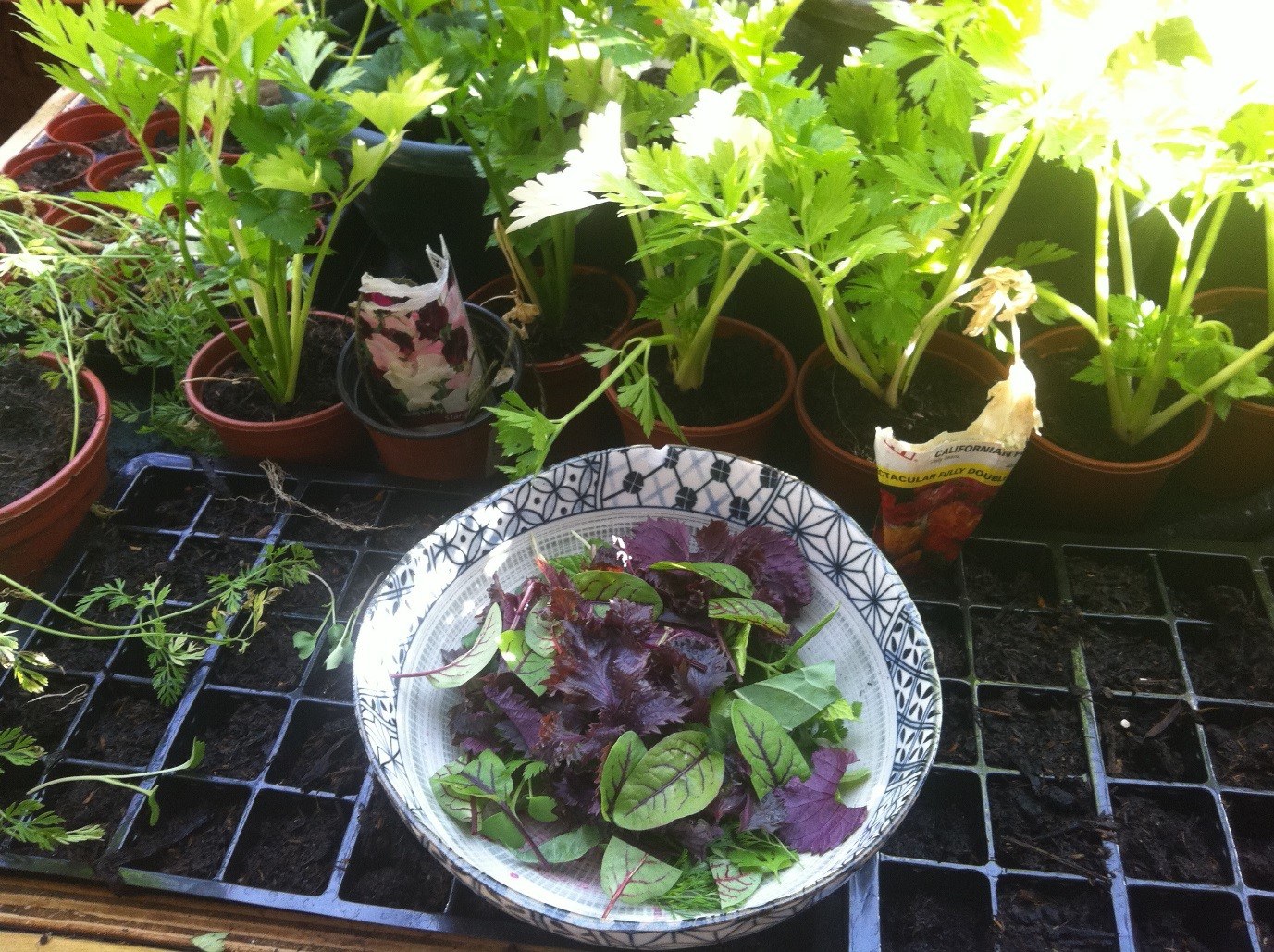 We all overindulge at times, and eat unhealthily especially when busy and stressed up, I know I do. Especially with the run up to intense work deadlines. A recent feeling of exhaustion combined with an expanding waist line sent me hurtling into the greenhouse this May Bank weekend, to gather up some fresh greens to recommence a more rigid juicing schedule.
We all overindulge at times, and eat unhealthily especially when busy and stressed up, I know I do. Especially with the run up to intense work deadlines. A recent feeling of exhaustion combined with an expanding waist line sent me hurtling into the greenhouse this May Bank weekend, to gather up some fresh greens to recommence a more rigid juicing schedule.
These low ebbs are the times when we all suffer from allergies and catch colds. Actually, in the months of February, March and April, we have more colds and achy joints than ever in the UK, as our immune system is suffering from our rich diet, as well as our lack of raw fresh fruit, vegetables, and sunshine.
The problem here lies in the fact that for the majority of us, the health risks associated with a very rich and acid diet are not known and are therefore no more ‘common sense’ than fire is to polar bears. However, at least a bear can learn very quickly that fire is dangerous and would be very wary the next time he came across it. The implications of poor diet – and more importantly, a far too acidic diet – are not immediately apparent. Even worse, the fact that ‘everybody else’in an individual’s social group is doing the same thing, means that it doesn’t’t even register that a diet may be poor in the first place.
No better example of this can be given than a highly publicised TV
Programme shown a few years ago, which monitored the health implications
Of junk food by getting a volunteer to live on nothing other than junk.
He actually had to be taken off the diet because his health plummeted so
Rapidly. What impact has this had? Very little, if you look at the explosion of junk food outlets. So, this Spring don’t waste money on fad diets, just do a little reading about healthy food, drink more water, and use natural pain killing foods with natural anti-inflammatories.
The Wrong Food Feeds Pain
Most of us eat too much of the food that enhances pain, and too little of the food that reduces pain. Soil nutrients are not what they used to be, as they have more additives, more are being processed, and more have a longer
shelf life. Our cells depend on food and water for creating healing, energy
and cleansing, but because of the poor food we eat (which has additives
and is heavily processed), we have persistent inflammation contributing
to musculoskeletal pain, arthritis, diabetes, heart attacks, strokes, cancer…you name it. Refined grains, omega 6 fats, too much sugar, and too much dairy – especially milk – all stress the system out, and pain due to too much inflammation damages nerves beyond any injury, and also causes tissue pain in the tendons, ligaments, and joints.
Our ancestors were hunters and gatherers who lived on a planet with a
relatively low population, where the soil was rich in nutrients with hardly
any toxic chemicals. They ate a little fresh meat, fish, and lots of berries, roots (therefore, a lot of healthy omega 3 oils), and fruit and vegetables high in antioxidants. They had no processed foods, no wheat, no trans fats, no excess sugar or omega 6 and no processed dairy. Even if you eat some of these foods yourself, pulling some fresh vegetables out of your garden – from well fertilised soil – is a small start. For our ancestors, their healthy diet helped to control chronic inflammation, something which pervades the modern day Western lifestyle.
We are becoming increasingly obese, including our children. We are a
fat nation, and because of this, we find ourselves in a major health crisis.
This extra fat not only strains our joints, but these engorged fat cells fire off inflammation. Organ fat is crawling with immune cells, prolonging
inflammation and damaging the surrounding tissue. Living longer means
that these days, a lot more of us are over 35, and around this age, our
natural pain blocking anti-inflammatories (proteolytic enzymes) dry up.
We are, essentially, rotting, as these are the guys that usually help to shut the pain gate in the dorsal horn of the spinal cord. Our next generation is not going to live longer than us, and this is the first time in history that this has happened – it says a lot, doesn’t’t it? Due to needing more help in order to control our body and not getting it, we make too much fibrin, causing too much scar tissue in our tendons, skin, and joints. This then causes arthritis, fibromyalgia, artery narrowing, and poor healing all round.
I will be sharing healthy eating with you in future blogs; #www.painreliefclinic.co.uk.
Nicky Snazell as ‘The pain killer’
My name is Nicky Snazell and I am known to some as ‘The pain killer’. After all, that’s what I do: I like to hunt down and seek out and kill pain, and I expect you want me to kill yours too. Would you like to hire me out as an assassin? I realise how important it is to you to free yourself of unnecessary pain so that you can enjoy life to the full.
What qualifies me to have a go? Well I’ve got nearly years of experience and successful outcomes in treating pain.
How? By hunting down the origins of pain, some of which we are frequently so unaware of. So often I feel like I’m working in the illness industry and not the wellness industry, and I believe that we should focus more on the latter – by preventing health problems before we have to cure them. I am keen to get you to your optimal health for your age, but only if you play the game and invest in the health bank of your future self.
How do I know I can help? For one thing, I have studied health and pain for thirty years, researching how we as humans function at our best. Furthermore, this is backed up by the knowledge and skills I have gained by creating and working within my integrated medical practice, which has given me over twenty-five years of hands-on experience and from which I’ve collected a long list of testimonials from satisfied customers who have managed to conquer their pain. Yes they’ve done it, and now so can you.
I assume that if you’re reading this blog, you would like to know for certain that you can avoid a lot of unnecessary pain for yourself or your patient. Am I right? Then you have come to the right place. I want these blogs to be a practical resource that you can use and apply to your own health and your own life. After all, you are the author of your own life, so what chapter are you writing right now? You may have had no say in how your story started, but you have all the control in the world on what happens in the middle, to end, as well as how many pages your novel contains. You have the power to control your own future health – you just need the knowledge and the skills to know how to do it. This is the information I’m going to give you in these blogs, and despite what you may have been led to believe, your pain is actually in your own hands.
I have spent my life searching for ways to treat pain, and I have travelled all over the world, meeting and learning from countless specialists and professionals during this quest of mine. Now, I want to pour all of that knowledge and all of my experience into you, so that my methods can become your methods, and so that you can conquer your pain, allowing you to have a long, happy life. It sounds relatively simple, doesn’t it? No? Well, it may be simpler than you think.
This series of blogs will discuss healing through an understanding of how neuroscience works, and I believe that this holds the keys to wellness, mental excellence, physical fitness, prosperity, relationship skills, society contribution and having a purpose to live – not to mention, of course, keeping out of pain. I like to imagine all of these things as breaking down into four main sections:
My four keys of health, featuring mind-set, nutrition and hydration, fitness, and lifestyle. You will be able to read about each of these four keys in due course.
Drawing wisdom from both modern medical technology and ancient healing, over the next year I will guide you through your health journey, giving you the knowledge and the tools you need to create the best lifestyle for you. Say goodbye to unnecessary pain and say hello to a fitter, healthier, happier you.
A newspaper headline in November 2014 in the Daily Express announced:
‘How You Can Add Years To Your Life’. The article presented recent research from the Lancet (a medical journal) to back up previously anecdotal evidence, and basically said that having a sense of purpose as you get older helps you live a longer, healthier life. This was also echoed in Viktor E.
Frankl’s book, Man’s Search For Meaning (Rider & Co, 2008), about how man’s sense of dignity and purpose was cruelly stripped from him until death, and how hanging on to a purposeful mission actually extends lives. Write a key purpose on several bits of paper, left in many places, and make sure you keep reminding yourself everyday.
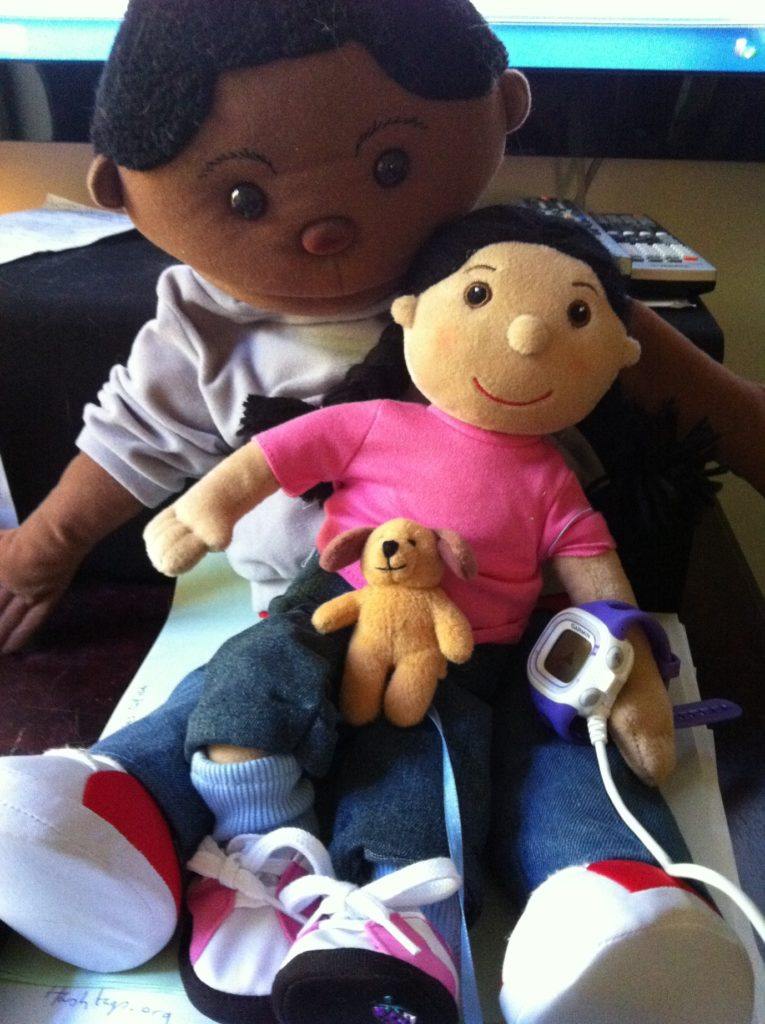
This brings us to the question: why do we have pain?
Many people view pain as a bad thing in itself, but it is nature’s warning system, meant to protect us. When someone brings us bad news, we don’t shoot the messenger, do we? Instead, we listen to what the messenger has to say, and then we go and find the real cause of the problem. It is exactly the same thing when it comes to pain: Mr Pain is only trying to warn us that there is a problem, and it is up to us to take his advice and seek out the true reason behind that pain – where is Mr Pain coming from? And why? This is what we have to find out.
Unfortunately, nature’s warning system can so easily become a nightmare. Lasting pain can be caused by deficiencies and excesses in your mind, body, and diet. The secret to conquering pain is to find out what you have too much or too little of. It’s all about balance, and any disruption in the delicate balance of your body can be a strong contender for the root cause of your painful life.
As we age, we need to put more care into diet, supplementation, exercise, and our workload. It sounds simple, but many of us fail to even acknowledge that we have to change the way we use our bodies as we get older. As we age, naturally occurring enzymes are fewer, inflammation is greater, and the change from fibrinogen to inflexible scar tissue becomes much more extensive. Therefore, long-term solutions for pain need to address our ongoing biochemical changes.
I have two kinds of patients that come to my clinic: those who want a quick fix with no effort on their part or change in their lifestyle, and those who want a more permanent solution and actually want to make an investment in their future health. Long-term solutions can only be met by concentrating on the root cause, not by simply focusing on the symptoms alone.
How much we feel pain is governed by our beliefs and moods, as our joint psychology/biology (physiology) affects every cell in our body. What we don’t know about pain will hurt us, but the body is always attempting to regulate pain impulses and to heal. With improved knowledge, we can work with – rather than against – this process and, in turn, feel less pain.
How Pain Works
So, how does pain work? We have myriad tiny receptors inside us – sensing touch, pressure, temperature, and pain – which pass information to our sensory nerves. These pain impulses travel up the dorsal horn of the spinal cord, and here is where you get your first chance to reduce your pain level – at the pain gate. If the pain gets through the gate, it heads onto the thalamus, which acts like a router and – simply speaking – makes three ‘phone calls’, one to the sensory cortex (which interprets the nature of the pain), one to the mammalian amygdala (which assesses the level of fear, is the emotional centre, and which decides if the body needs to shut down digestion, cell division, circulation etc.), and one to the cortex (which is in charge of the human decision-making process). Hence our minds really do decide, like a panel of judges, how much pain is appropriate for us to experience at any one time. Pain is then translated into how much we hurt. If we return to the gating mechanism, you can close the gate at the pain’s entry point into the brain by doing several things.
While we will explore these concepts in more depth in the individual blogs, they can include: having a massage, getting the right amount and the right type of sleep, undergoing acupuncture, eating nutritious food and making the correct use of supplements, going to reiki and meditation sessions, evaluating your lifestyle, understanding your natural biorhythms, taking part in regular exercise, getting your posture right, using a TENS device, undergoing hypnosis, drinking plenty of water, doing breathing exercises, and making sure you get enough laughter and meaningful, loving relationships into each and every day.
Love has come out in recent research as the number one healthy antidote to suffering.
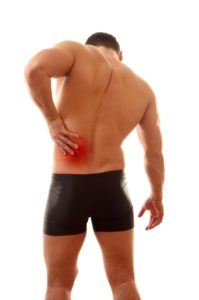
In Ancient cultures shamans and doctors were only paid if they kept their clients free from illness and fit and well. They taught their clients how to prevent illness as best as they could with knowledge about their mindset, eating and drinking from fresh nutrient rich sources, advising on their activity level and safety of their dwelling from predators, the wind direction, and dampness of their dwelling.
They did not get paid when their client was ill, they had failed at that time to keep them well.
Compare it to now. Now, in the health service it’s about firefighting, hosing down the wreckage.Back through history, Shamans the early doctors looked at 4 key areas to health to keep patients healthy.Mind, Fitness, Diet and Lifestyle.
How people think is so important,we know the mind creates and destroys health, and shamans prescribed mantras and prayers.
Healthy nutrient rich crops and clean water, as Ancient man knew it was natures’ medicine, and supplemented with different foods and herbs.
Where they physically working too hard or not enough? Ancient doctors/shamans understood the needs of the moving the body correctly.
Was the home/ shelter protected from the stresses of flooding, winds, predators, enough living quarter space? As they gave lifestyle advice to protect health.
Hence where my idea came from for my first book the 4 keys.If you hold 4 green keys your chances of getting through an illness is much greater than 4 amber or 4 red. The questionnaires in my first book give you your scores on the door!
Suffering is the result of the totality of your life, your support system. Not your diagnosis, arthritic joints, scan results etc. Your body is talking to you SO LISTEN. Lack of knowledge of how to heal yourself leads to unnecessary, avoidable pain and then into chronic avoidable suffering. Visualising holding 4 green keys empowers to you be able to do something to help yourself or someone else. Knowing that even placing flowers in a room changes that persons’ wellness. This stops you ever feeling totally helpless again when faced with your one or a loved ones prognosis. I know what that feels like. I only wish someone had written this book for me as a child.
For the love of dance
 Love to Dance…
Love to Dance…
For those of you who love to dance on a regular basis – whether for your job, for exercise or for the sheer love of it – you will already by familiar with the absolute joy that dancing can bring you, and you’ll crave that unmistakable “buzz” inside you, with the happy endorphins kicking in whilst you move your body to the beat. The genre of music and style of dance doesn’t matter – you’ll simply know the passion it brings out in you, and in others who share your love of it.
However, dancers will also be only too familiar with how tough dancing can be on the body, and often, after hours of blissful dancing, you will then find yourselves aching – in your back, you neck, shoulders, hips… and especially in your knees and feet, which can take quite a hammering with all that bending, sliding, spinning and turning!
Usually, within a day or two, the soreness wears off, and you’re craving your next dance.
But sometimes the problem can be more worrying, with severe pain developing, causing you to restrict your dancing – or even prevent you from dancing altogether for a while.
A few examples include:
• Menisus Knee Tear, from twisting the knee whilst moving;
• Lower Back strain and muscle spasms;
• Plantar Fasciitis – pain as you put weight on your foot;
• Hallux Limitus, where your big toe becomes stiff;
• Patellofemoral Pain Syndrome, from tight hamstrings and calf muscles, and weak quads, plus repetitive pressure on the knee cap;
• Ankle sprains – eg, from landing wrongly from a jump;
• Tendonopathy of the Rotator Cuff, Posterior Tibial tendon, and in the Achilles.
Fear not… Help is at hand!
Yes, we can help you if you are suffering with any of these. At the Nicky Snazell Pain Relief Clinic, we have treatments whereby we can actively intervene to get you back to doing what you love. And the sooner you do something about it, the less damage you will cause – and the sooner you can return to the dance-floor.
Happy dancing!
